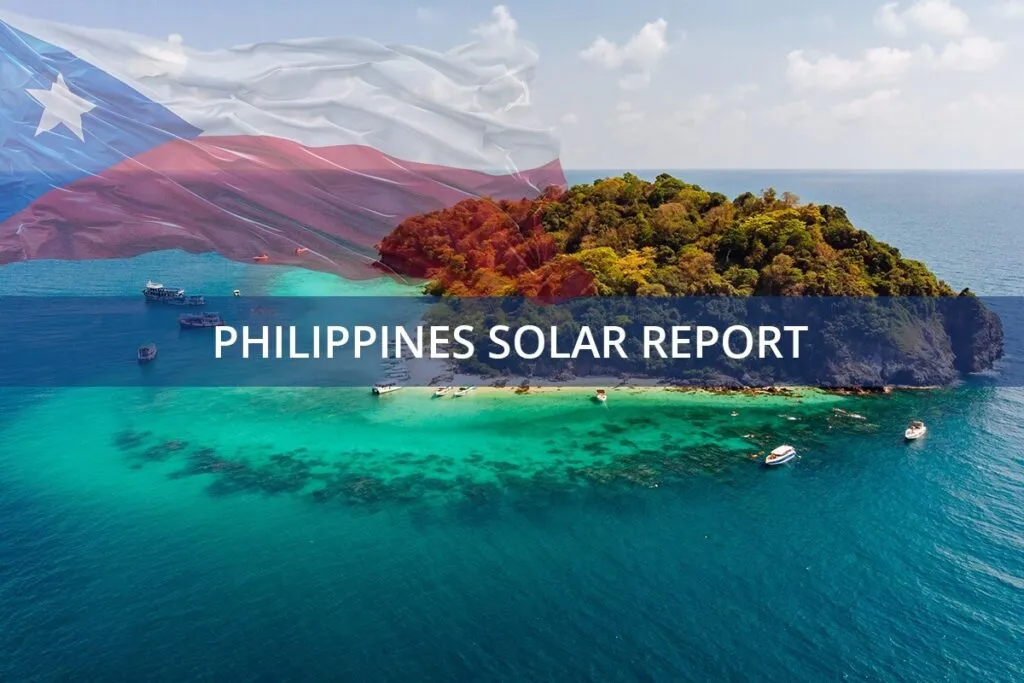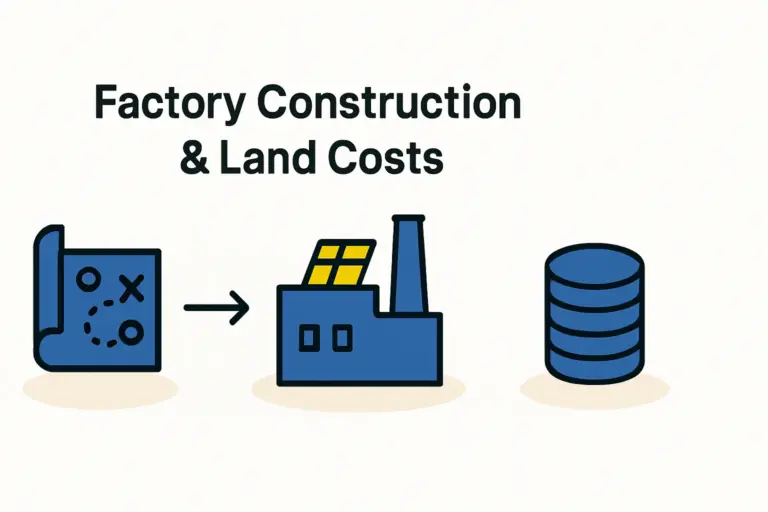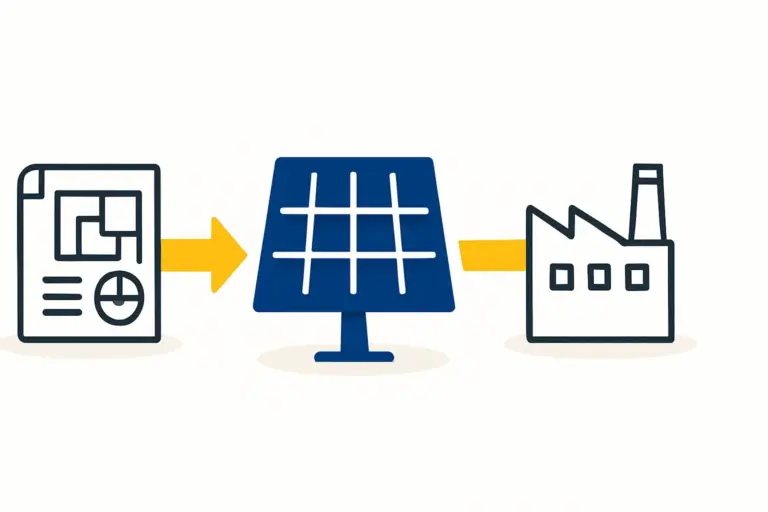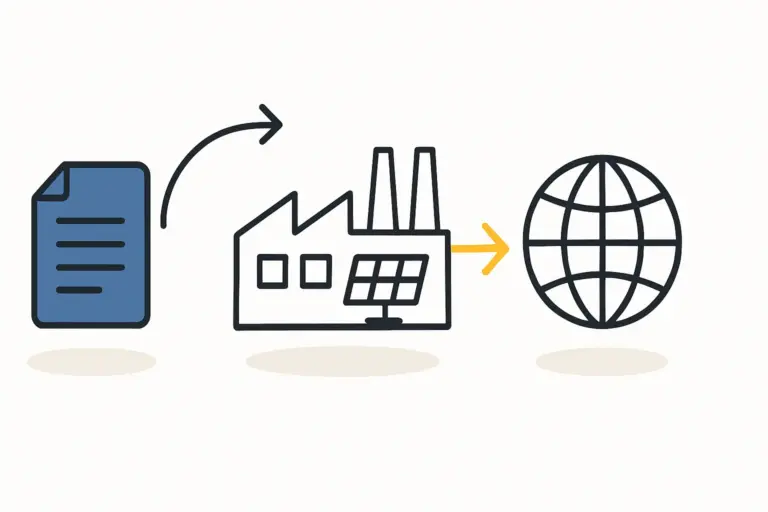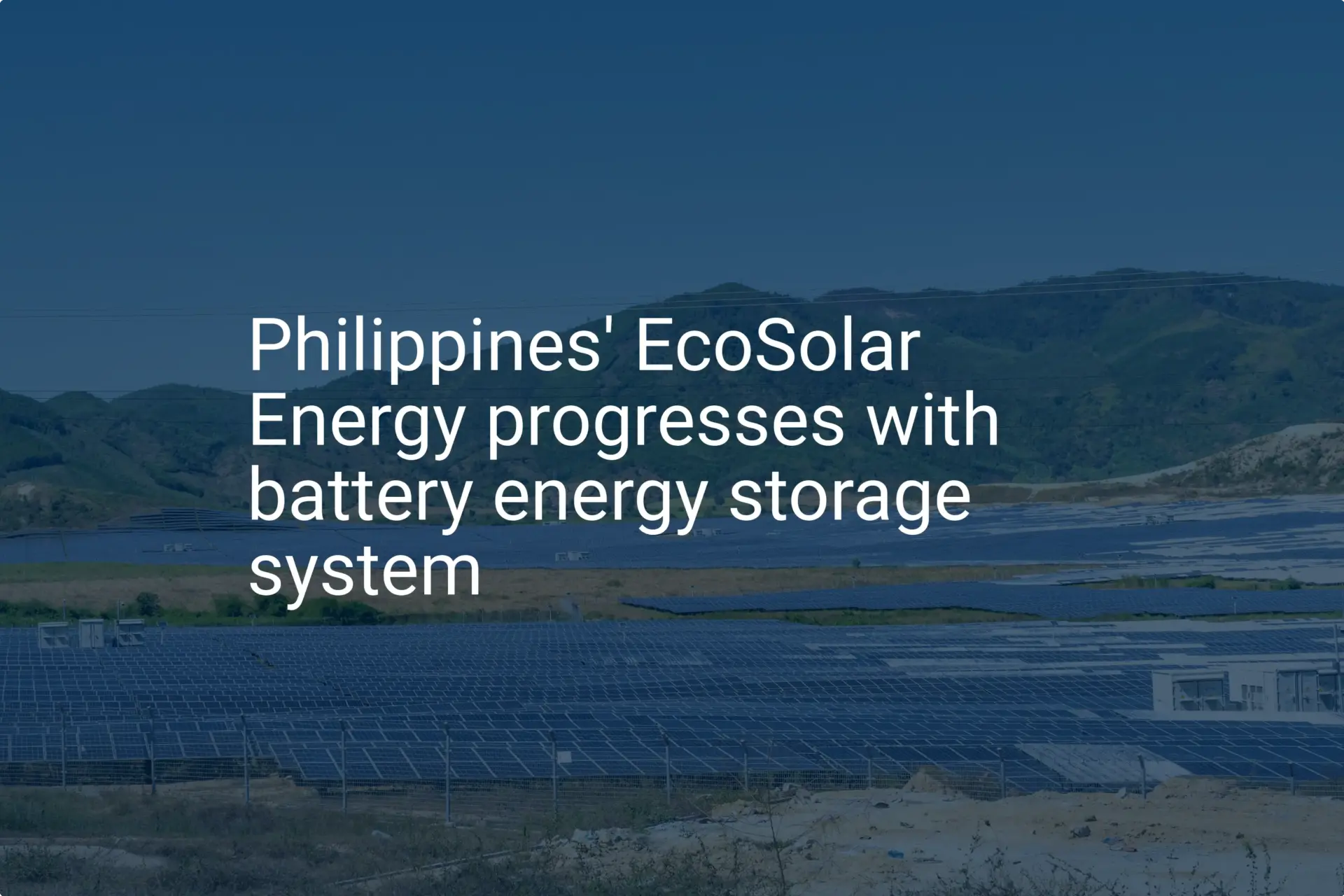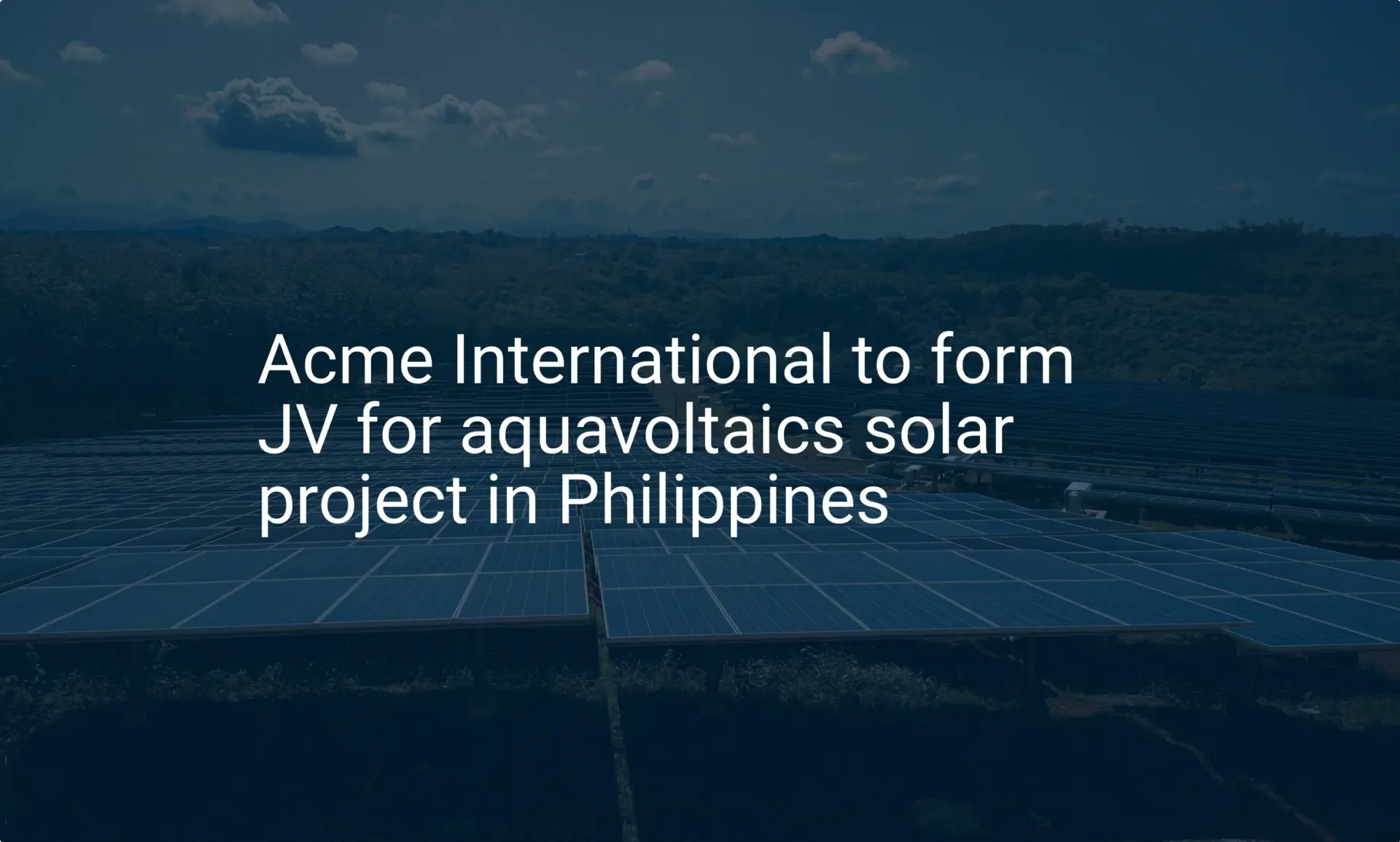An entrepreneur spends months meticulously selecting the ideal solar panel production line and securing high-quality raw materials from trusted suppliers. The components finally arrive, but the containers sit motionless in a port for weeks, trapped in a web of congestion and bureaucratic hurdles. This scenario is a frustrating reality for those who overlook one of the most critical elements of establishing a manufacturing presence in the Philippines: port logistics.
Choosing an entry port isn’t just a minor operational detail—it’s a critical strategic decision that directly impacts production timelines, operational costs, and overall profitability. For an industry reliant on the timely import of sensitive materials like solar glass and cells, and the efficient export of finished modules, a robust supply chain is non-negotiable. This analysis examines the primary logistical hubs—Manila, Batangas, and Subic—to help investors make an informed decision.
Why Port Selection is a Critical Business Decision
The success of a solar manufacturing venture depends on a seamless flow of goods. Any disruption in this flow triggers a cascade of problems.
Production Downtime: A delayed shipment of a critical component, such as EVA film or solar cells, can bring the entire solar panel production line to a halt. Each day of inactivity represents lost revenue while fixed costs continue to mount.
Increased Costs: Port congestion leads to demurrage and detention charges, while inefficient customs processes can result in unforeseen fees. These logistical costs steadily erode profit margins.
Material Integrity: Solar components are sensitive. Extended dwell times in humid port conditions or excessive handling during transshipment can compromise material quality, leading to higher defect rates in production.
Understanding the unique characteristics of each major Philippine port is the first step in mitigating these risks.
A Comparative Analysis of Key Philippine Ports
The logistical landscape of the Philippines offers several distinct options, each with its own set of advantages and challenges.
The Port of Manila: The Established but Congested Hub
The Manila International Container Terminal (MICT) is the country’s largest and most established port. It offers the most extensive network of international shipping lines, providing unparalleled global connectivity. For an investor, this means a higher likelihood of finding direct routes from major raw material suppliers in Asia and Europe.
However, this advantage is frequently offset by significant operational challenges. The port’s location within Metro Manila means it is plagued by severe and chronic road congestion. A container may be unloaded from a vessel efficiently, only to spend days waiting for a truck to navigate the gridlocked city streets. Add to this the Bureau of Customs (BOC), which has a reputation for complex procedures and unpredictable clearance times, and logistics through Manila can become a high-risk, high-cost proposition.

Batangas International Port: The Modern Challenger
Located south of Manila, the Batangas International Port was developed as a primary alternative to the capital’s congestion. Its modern facilities and direct access to the industrial parks of the CALABARZON region make it an attractive option for manufacturers in Southern Luzon. The surrounding road network is significantly less congested, allowing for more predictable and faster inland transport.
The primary trade-off with Batangas is its shipping network. While growing, it has fewer direct international calls compared to Manila. This may necessitate transshipment, where containers are moved from a large vessel to a smaller one at a hub port like Singapore or Hong Kong. For sensitive solar materials, this additional handling introduces a higher risk of damage and can add complexity to the supply chain.
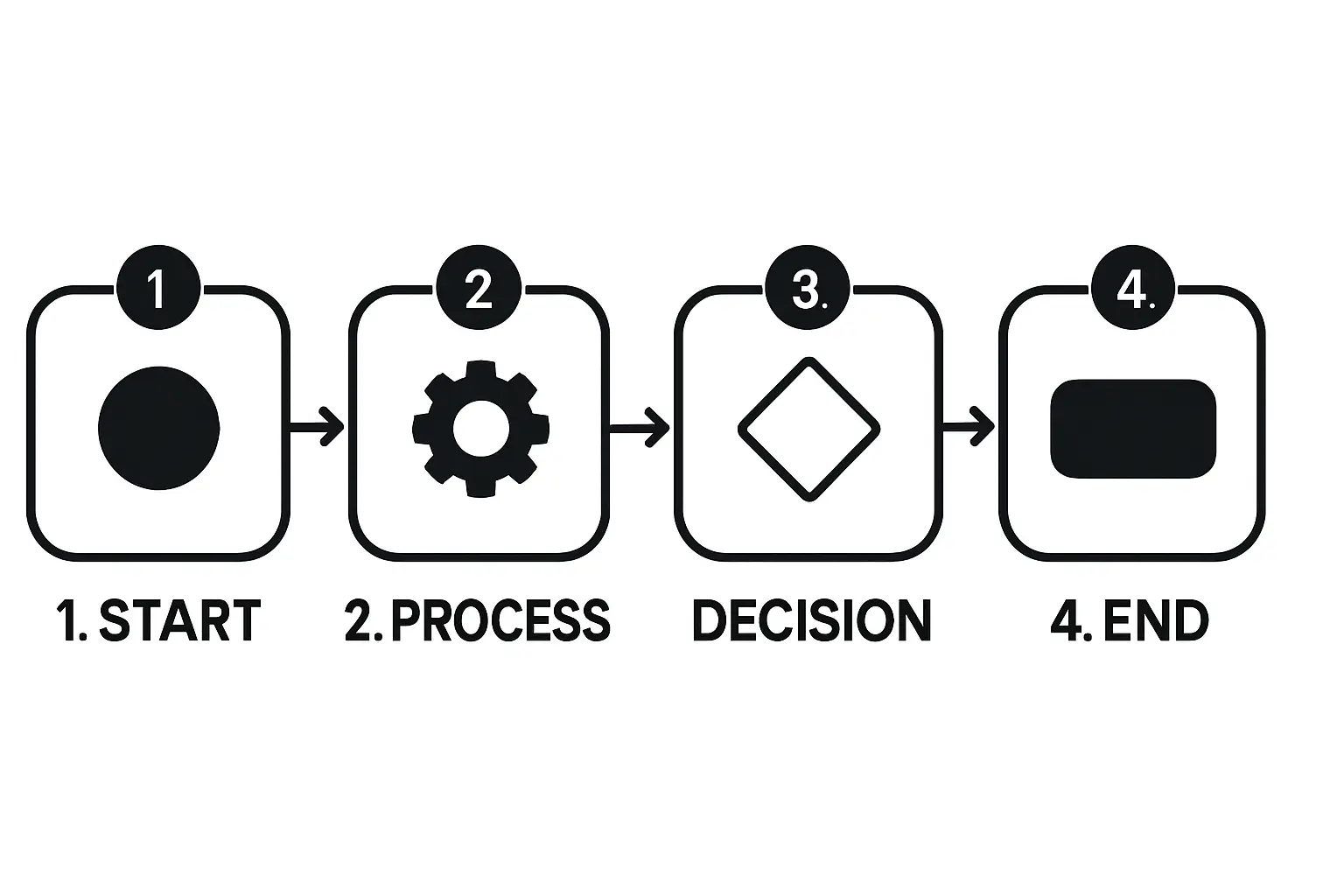
Subic Bay Freeport Zone: The Efficient Alternative
Subic Bay presents a unique and compelling case, particularly for foreign investors. As a former U.S. naval base, it boasts world-class infrastructure, including deep-water ports and uncongested access roads. Its key advantage, however, lies in its governance.
The Subic Bay Freeport Zone is managed by the Subic Bay Metropolitan Authority (SBMA), which has its own customs authority. The SBMA is widely regarded as more streamlined, predictable, and business-friendly than the national bureau. This often translates into faster clearance times and a more stable operating environment. Businesses located within the freeport zone also benefit from significant tax incentives. This combination of efficient infrastructure and simplified governance makes Subic a compelling option for entrepreneurs focused on minimizing logistical risks and maximizing operational uptime.

Navigating the Customs Landscape: A Common Hurdle
Another critical factor is the difference in customs processing between ports. While the BOC is a national agency with standardized (and often complex) procedures, the SBMA in Subic operates with a mandate to facilitate trade and investment within its zone. This can result in a starkly different experience when clearing goods.
Experience from J.v.G. turnkey projects shows that investors often underestimate the time and documentation required by customs. As one factory operator noted, ‘We focused intensely on the technical specifications of our machines, assuming logistics would be straightforward. The port and customs challenges were what nearly stopped our project before it began.’ This underscores why logistics must be addressed with the same diligence as production planning when starting a solar panel manufacturing business in the philippines.
Key Considerations for Your Logistics Plan
When evaluating port options for your solar factory, your decision should be guided by several key criteria:
-
Proximity to Factory Site: Calculate the ‘last mile’ cost and time from each port to your proposed location. A seemingly efficient port loses its advantage if inland transport is slow and expensive.
-
Supplier & Customer Locations: Analyze the shipping routes available from your primary raw material suppliers. Do they offer direct calls to Batangas or Subic, or is Manila the only option? Similarly, consider the export routes to your target markets.
-
Risk Tolerance: Evaluate your business’s tolerance for delays. If you plan a ‘just-in-time’ inventory model, the predictability offered by Subic may outweigh the broader connectivity of Manila.
-
Business Structure: Determine if locating within a freeport zone like Subic aligns with your business strategy, considering the associated tax and operational benefits. A comprehensive plan, such as a turnkey solar manufacturing line, should incorporate this analysis from the outset.
Frequently Asked Questions (FAQ)
What is the most common logistical mistake new investors make?
The most frequent oversight is underestimating the impact of customs bureaucracy and inland transportation. Many business plans focus heavily on the cost of shipping to the port but fail to adequately budget for potential delays, fees, and last-mile transport challenges.
Are there significant cost differences between the ports?
While vessel and container handling fees may be comparable, the true cost difference emerges from indirect factors. Extended delays in Manila can lead to high demurrage and detention charges, while inefficient inland transport increases trucking costs. Conversely, the efficiency of Subic can lead to significant savings through faster turnaround times and a reduced risk of penalties.
How important is a local logistics partner?
Engaging a reputable local freight forwarder or customs broker is essential. These partners have established relationships and a deep understanding of local procedures. They can navigate the complexities of documentation and clearance far more effectively than an outside company, saving valuable time and preventing costly errors.
Conclusion: Making an Informed Decision
Selecting a Philippine port is a strategic decision that extends far beyond simple freight costs—it’s an integral part of your risk management, operational efficiency, and financial planning. By analyzing the distinct profiles of Manila, Batangas, and Subic against your specific business needs, you can build a supply chain that provides a stable foundation for your manufacturing operations.
This level of detailed logistical planning is a core component of a well-structured business plan. For entrepreneurs beginning this journey, taking a structured approach to these complex decisions is vital. Deeper exploration, such as through the pvknowhow.com free course, can help build the comprehensive understanding needed to navigate these challenges successfully.

